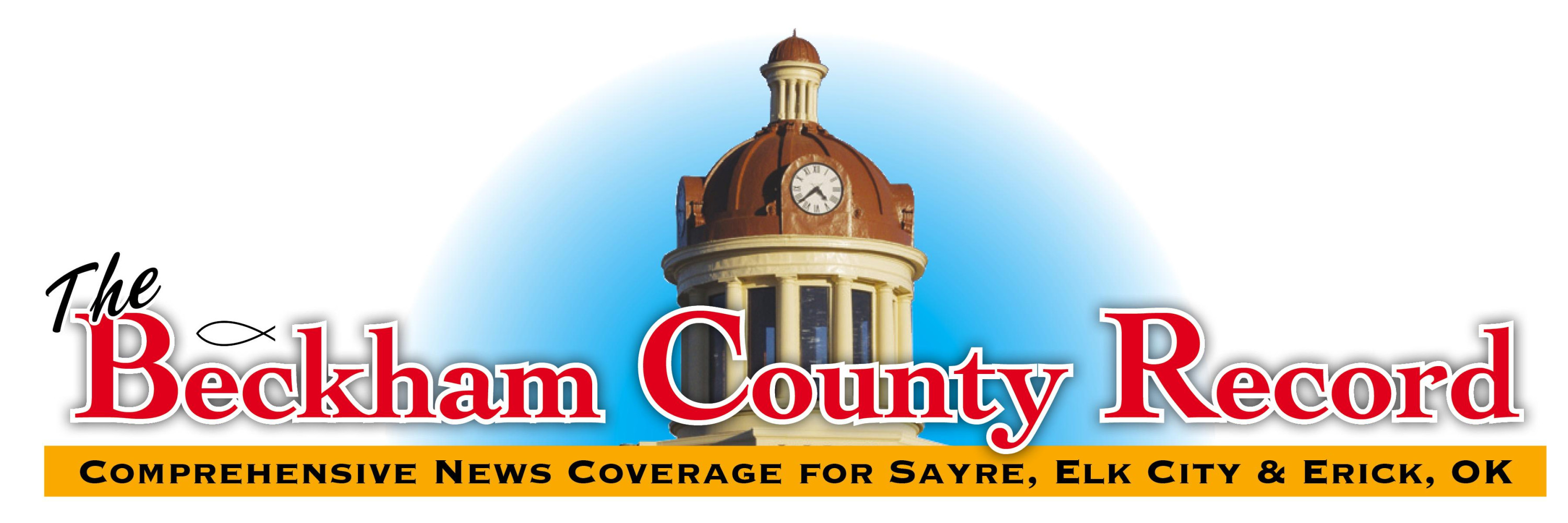OKLAHOMA CITY – Since 1991, the Beef Checkoff-funded National Beef Quality Audit (NBQA) has delivered a set of guideposts and measurements for cattle producers and other stakeholders to help determine quality conformance of the U.S. beef supply. Results from the 2022 NBQA indicate that the beef cattle industry is producing a high-quality product that consumers want more efficiently and the industry’s primary focus across the supply chain remains food safety.
“The NBQA is a process of collecting data from all industry stakeholders, presenting that data and then setting the industry benchmarks for the next five years,” said Dr. Morgan Pfeiffer, assistant professor, Animal and Food Sciences at Oklahoma State University. “The good news is, overall, the beef industry is providing a quality product to consumers that they enjoy.”
Early NBQAs focused on the physical attributes of beef such as marbling, external fat, carcass weight and carcass blemishes. These cattle industry concerns have evolved to include food safety, sustainability, animal well-being and the growing disconnect between producers and consumers. As a result, over the past 30 years, NBQA researchers have made significant changes to the research, leading to an increasingly meaningful set of results.
Based on individual interviews with stakeholders from across the cattle industry as well as in-plant research, key learnings for fed cattle from the 2022 NBQA include: Market segments no longer consider food safety as a purchasing criterion, but an expectation.
When comparing 2016 and 2022 NBQAs, the largest improvement was overall increased efficiency across the beef supply chain.
Market sectors indicated that their companies strive to increase their sustainability, and work with the entire beef supply chain to do so.
The entire industry felt the effects of the COVID-19 pandemic, nonetheless, beef proved to be a choice of consumers, and the industry persevered to provide products.
Due to pandemic pressures, more cattle over 30 months of age were harvested.
The beef industry’s image improved within fed cattle market sectors.
Foreign materials continue to present a problem, but the industry is making strides to decrease incidence.
There was an increase in usage of electronic identification (EID).
There was an increase in the frequency of Prime and Choice quality grades, while Select decreased drastically.
While the industry is improving the quality of beef being produced, that quality is being accompanied by an increase in carcass weight and fat thickness, as well as large increases in percentages of Yield Grade 4 and 5 carcasses.
The NBQA, conducted approximately every five years, provides an understanding of what quality means to the various industry sectors, and the value of those quality attributes. This research helps the industry make modifications necessary to increase the value of its products. The efforts of the findings from the 2022 NBQA serve to improve quality, minimize economic loss, and aid in advancements in producer education for the U.S. beef industry. For more information about the 2022 National Beef Quality Audit, visit www.bqa.org.
About the Beef Checkoff
The Beef Checkoff was established as part of the 1985 Farm Bill. The Checkoff assesses $1 per head on the sale of live domestic and imported cattle, in addition to a comparable assessment on imported beef and beef products. States may retain up to 50 cents of the dollar and forward the other 50 cents per head to the Cattlemen’s Beef Promotion and Research Board, which administers the national Checkoff program, subject to USDA approval. About the Oklahoma Beef Council
The Oklahoma Beef Council is a non-profit led by beef farmer and rancher volunteers serving Oklahoma’s 50,000 farming and ranching families through the Beef Checkoff, a federal commodity program. Its vision is to be a positive difference for Oklahoma farming and ranching families and the greater beef community through serving its mission to enhance beef demand by strengthening consumer trust and exceeding consumer expectations.


